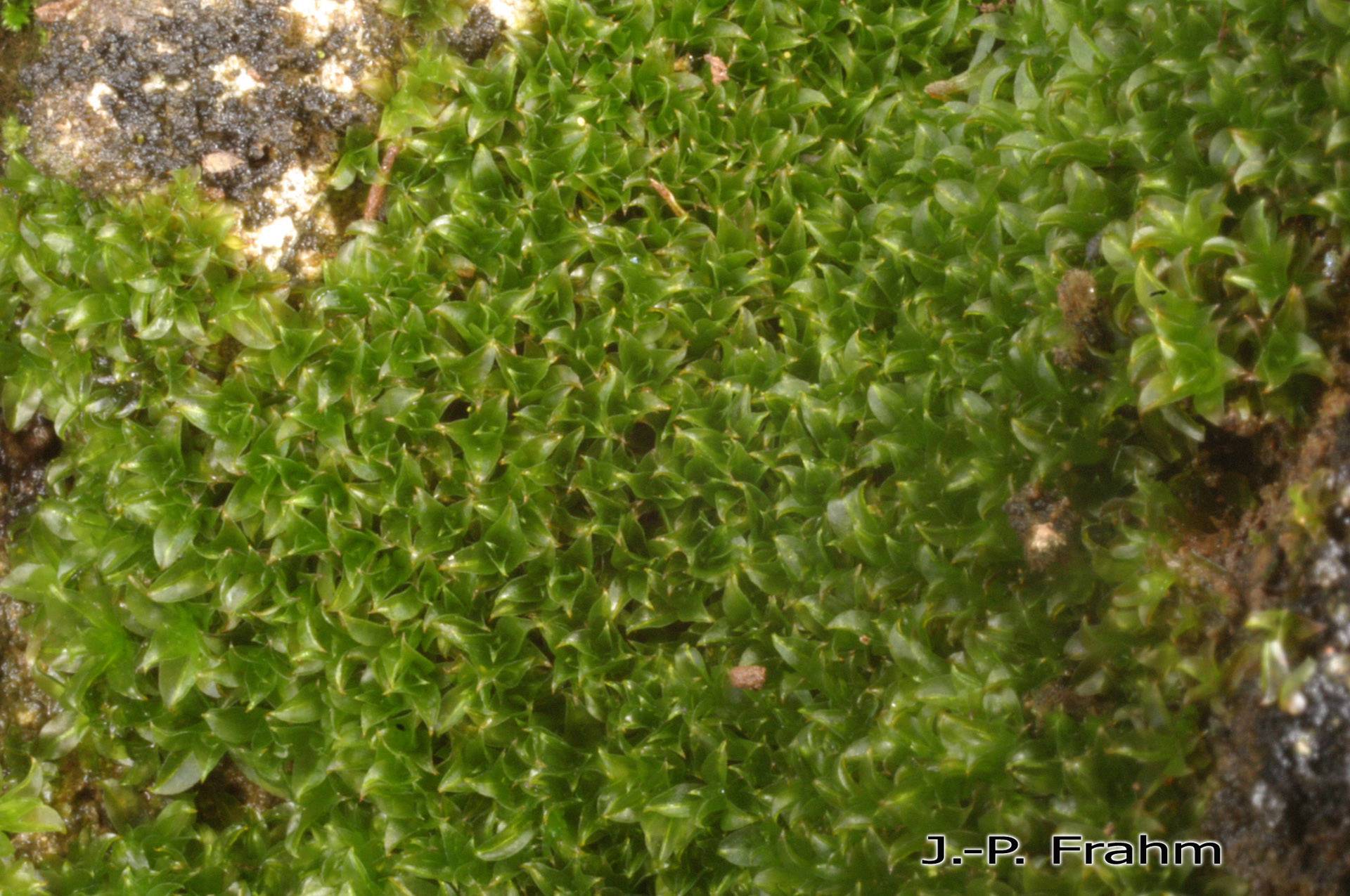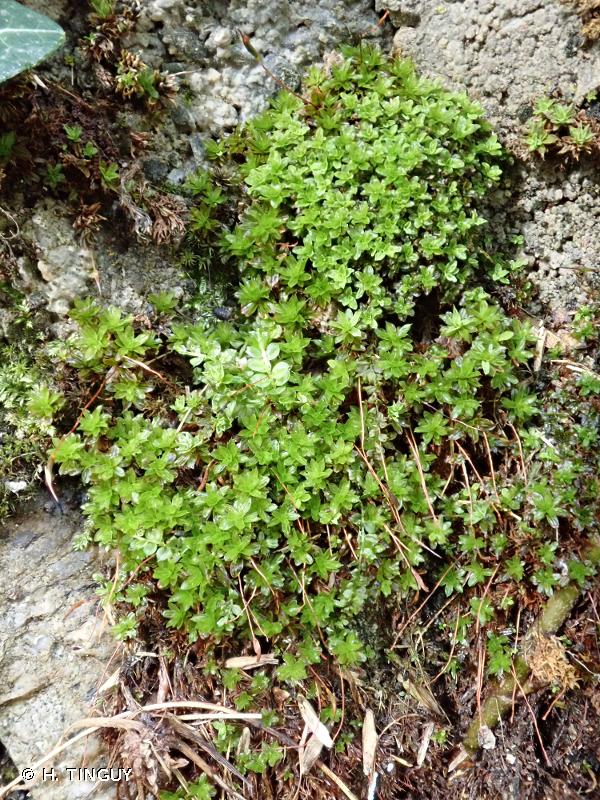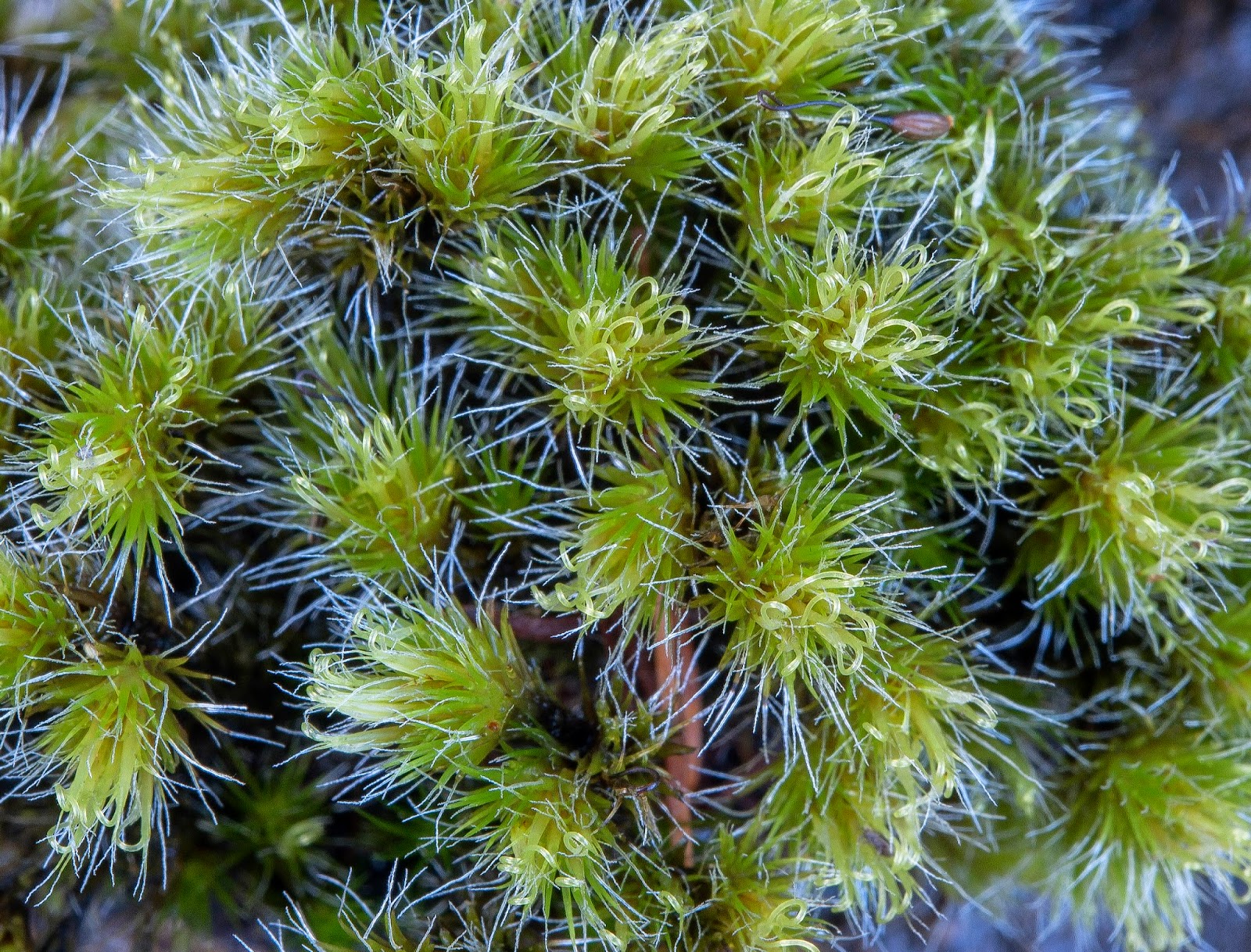
image from: https://www.flickr.com/photos/47945928@N02/50923345617/
Exploring the Fascinating World of Campylopus luteus (Müll.Hal.) Paris Moss
Introduction
Mosses are often overlooked, but they play crucial roles in ecosystems around the world. One particularly interesting species is Campylopus luteus (Müll.Hal.) Paris, a moss in the Leucobryaceae family. In this blog post, we’ll dive into the details of this fascinating plant, from its morphology to its ecological importance. Get ready to discover the hidden wonders of Campylopus luteus!
Background
Campylopus luteus (Müll.Hal.) Paris is a species of moss classified in the Leucobryaceae family. It belongs to the division

image from: http://azoresbioportal.uac.pt/pt/especies-dos-acores/chenia-leptophylla-11918/
Bryophyta and class Bryopsida. The genus Campylopus contains over 100 species found worldwide. C. luteus was first described by German botanist Johann Karl August Müller in 1851 and later reclassified into the genus Campylopus by French botanist Édouard-Gabriel Paris in 1900.

image from: https://bioone.org/journals/Evansia/volume-28/issue-3/079.028.0302/Brothera-leana-Sull-Müll-Hal-Dicranaceae-in-New-Mexico/10.1639/079.028.0302.full
Morphology and Identification
Campylopus luteus forms dense tufts or cushions. Its stems are 1-4 cm tall and covered in lanceolate leaves that are 3-6 mm long. The leaves have a broad, sheathing base and taper to a fine point. They are typically yellowish-green in color (hence the species name “luteus” meaning yellow). The leaf margins are entire and the costa (midrib) is broad, filling most of the leaf.
Sporophytes (spore-producing structures) are common. The setae (stalks) are 5-15 mm long and the capsules are cylindrical, 1.5-2 mm long. Spores are released from the capsule through a peristome with 16 teeth.
Global Distribution and Habitat
C. luteus has a wide distribution, found in

image from: https://www.gbif.org/es/species/9415978
tropical and subtropical regions of the Americas, Africa, and Asia. It grows on soil, rocks, logs, and tree bases in moist, shaded habitats from lowland to montane forests. The species is particularly abundant in cloud forests and elfin forests at high elevations.
Ecological Roles and Adaptations

image from: https://www.earth.com/plant-encyclopedia/Bryophytes/Dicranaceae/campylopus-flexuosus/en/
As with other mosses, Campylopus luteus plays important roles in its ecosystem:
- Nutrient cycling: It helps capture and retain nutrients that can be used by other plants.
- Moisture retention: The dense cushions help absorb and slowly release water, regulating moisture in the environment.
- Erosion control: By covering soil and rocks, it helps prevent erosion.

image from: https://www.gbif.org/es/species/2673552
- Microhabitats: The tufts provide shelter and habitat for various small invertebrates.
C. luteus has several adaptations that allow it to thrive in its moist, shaded habitats:

image from: https://inpn.mnhn.fr/espece/cd_nom/434243
- Thick cell walls help prevent desiccation
- Rhizoids anchor the moss to its substrate
- Leaf costa helps conduct water and provides structural support

image from: https://www.pinterest.com.au/pin/campylopus-sp-possibly-campylopus-introflexus-heath-star-moss–50032245830239513/
- Vegetative reproduction via fragmentation allows quick colonization of new areas

image from: https://sagebud.com/campylopus-moss-campylopus
Conclusion
Campylopus luteus (Müll.Hal.) Paris may be small, but it is a remarkable moss with a fascinating biology and ecology. From its distinct morphology to its important ecosystem roles, this species highlights the incredible diversity within the Bryophyta. Next time you’re in a tropical forest, take a closer look – you might just spot a patch of Campylopus making its own contributions to the ecosystem. What other overlooked wonders are waiting to be discovered in the world of mosses?

image from: https://southwalesbryos.blogspot.com/2014/11/campylopus-introflexus-heath-star-moss.html